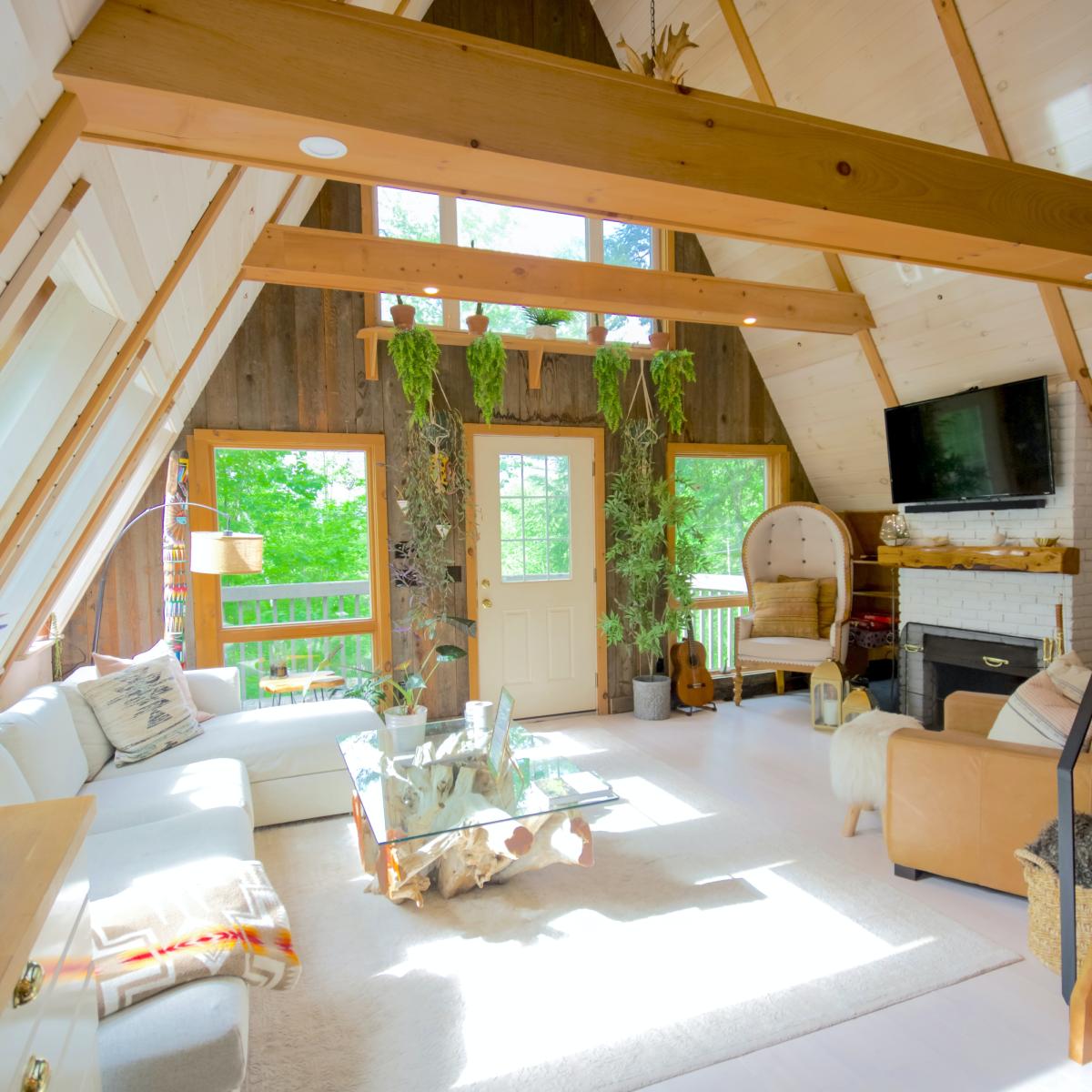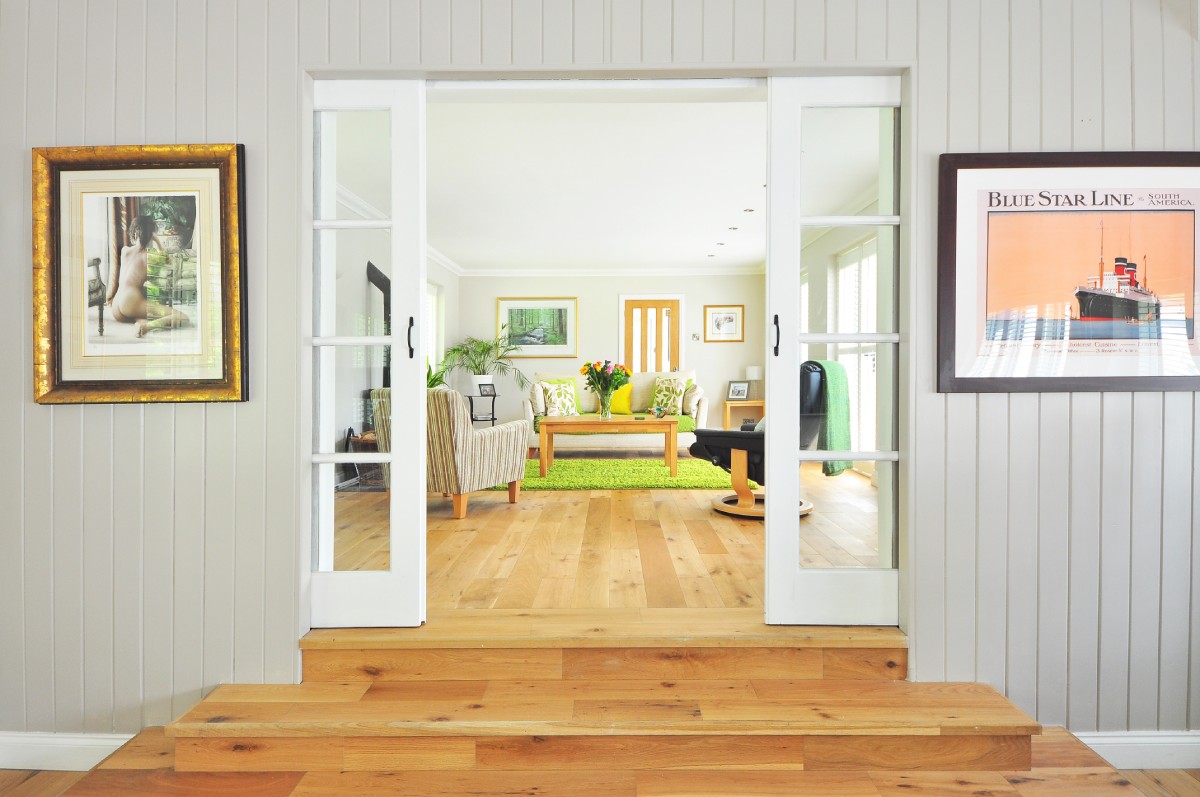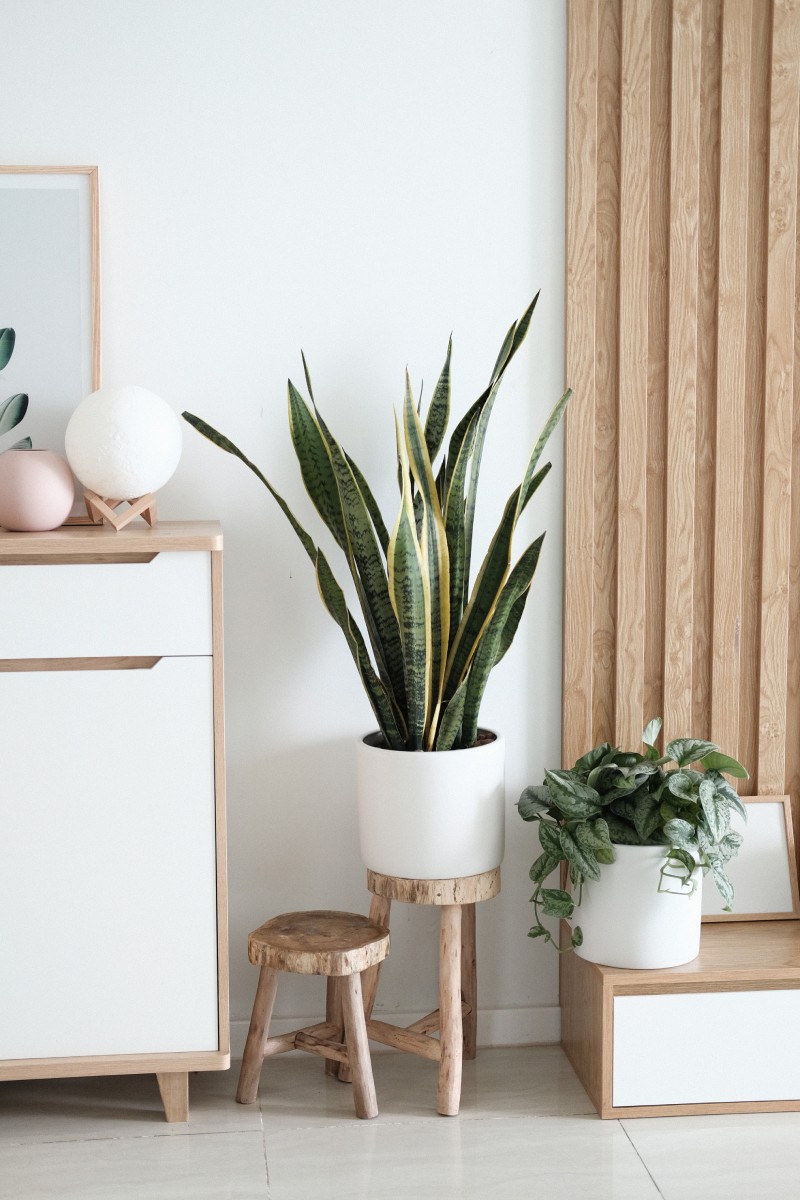Introduction
In an era marked by growing environmental concerns and the urgent need for sustainable practices, the concept of a “green home” has emerged as a beacon of hope and a pathway to a more sustainable future. A green home is not merely a structure made of sustainable materials but a paradigm shift in how we approach living spaces. It embodies a holistic approach to sustainable living, emphasizing energy efficiency, resource conservation, and a symbiotic relationship with nature. With its multifaceted benefits for the environment and residents, the green home has become a cornerstone of sustainable living.
A green home embodies sustainability principles at its core, aiming to minimize environmental impact and promote a healthier, more sustainable way of life. Energy efficiency lies at the heart of green homes, as they seek to reduce energy consumption and optimize energy use. By integrating energy-efficient appliances, LED lighting, insulation techniques, and smart home technology, green homes minimize energy waste and empower homeowners to make informed decisions about energy consumption. Furthermore, incorporating renewable energy sources such as solar panels or wind turbines enables green homes to generate clean, sustainable power, reducing reliance on fossil fuels and combating climate change.
Water conservation and management are also integral components of green homes. Recognizing the preciousness of water as a finite resource, green homes employ various techniques to minimize water consumption and maximize its efficient use. Low-flow fixtures, such as faucets and toilets, significantly reduce water usage without compromising functionality. Rainwater harvesting systems and graywater recycling enable homeowners to harness and reuse water, ensuring a more sustainable water supply. Additionally, sustainable landscaping practices, such as planting native species and implementing efficient irrigation systems, further reduce water demands and contribute to a greener outdoor environment.
Sustainable materials and construction practices are fundamental to the creation of green homes. Building a green home involves using materials with a low environmental impact throughout their life cycle. Materials such as bamboo, reclaimed wood, recycled steel, and non-toxic paints minimize environmental degradation and promote sustainable resource use. Moreover, green homes prioritize energy-efficient windows and insulation materials to enhance energy performance and reduce heat transfer. By adopting prefabricated construction methods, green homes can minimize waste and shorten construction time, further exemplifying their commitment to sustainability.
In addition to addressing the physical aspects, green homes prioritize the well-being of their residents by ensuring superior indoor environmental quality. Proper ventilation systems promote air circulation and enhance indoor air quality, reducing the risk of indoor pollutants and improving overall health. Green homes employ non-toxic building materials and furnishings, preventing the release of harmful chemicals into the air. Integrating natural light through strategic window placement or skylights reduces the need for artificial lighting, positively impacting both energy efficiency and the well-being of occupants.
Beyond the physical attributes, green homes foster sustainable living practices among their residents. They encourage eco-conscious behaviors such as recycling, composting, and reducing waste. By embracing minimalist design principles and conscious consumption patterns, green homes promote a shift away from excessive resource use and wasteful habits. Community engagement is also emphasized, with initiatives such as shared gardens or carpooling, creating a sense of collective responsibility and encouraging sustainable practices on a broader scale.
In conclusion, the concept of a green home represents a pivotal shift towards sustainable living. With its focus on energy efficiency, water conservation, responsible material usage, indoor environmental quality, and mindful lifestyle choices, the green home offers a pathway to a more sustainable future. By embracing the principles of a green home, individuals can reduce their carbon footprint, contribute to preserving our planet’s resources, and create healthier and more comfortable living spaces. The time has come for collective action from homeowners, architects, builders, and policymakers to make green homes the new standard, paving the way for a sustainable future.
Energy Efficiency and Renewable Energy
Energy efficiency and integrating renewable energy sources are critical pillars of green homes, vital in paving the way for sustainable living. Green homes make significant strides towards minimizing environmental impact and combatting climate change by reducing energy consumption and utilizing clean, renewable sources.
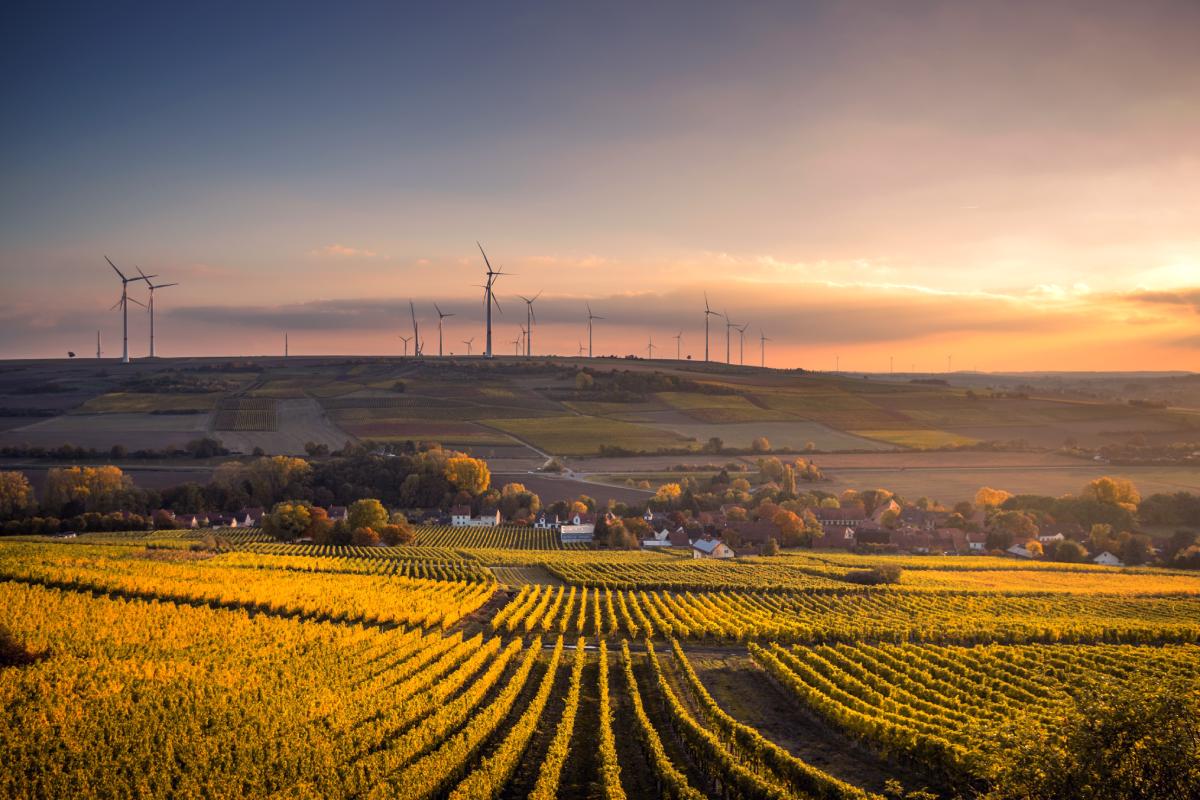
Importance of Energy Efficiency
Energy efficiency lies at the core of green homes, aiming to optimize energy use and minimize wastage. Homeowners can significantly reduce their energy consumption by employing energy-efficient appliances without compromising functionality. These appliances, such as refrigerators, washing machines, and air conditioners, are designed to operate more efficiently, using less electricity to perform their tasks.
LED lighting is another essential aspect of energy efficiency in green homes. Compared to traditional incandescent bulbs, LEDs consume significantly less energy and have a longer lifespan, resulting in reduced energy consumption and lower maintenance costs. Moreover, LED lighting provides better-quality illumination. It offers a range of customizable options, allowing homeowners to create desired lighting atmospheres while minimizing energy use.
Insulation techniques are crucial for maintaining energy efficiency within green homes. Effective insulation prevents heat transfer between the house interior and exterior reduces the need for excessive heating or cooling. Properly insulated walls, roofs, and windows help maintain comfortable indoor temperatures and decrease reliance on heating, ventilation, and air conditioning (HVAC) systems, ultimately leading to energy savings.
Integration of Renewable Energy Sources
Green homes go beyond energy efficiency by incorporating renewable energy sources to generate clean, sustainable power. Integrating solar panels and wind turbines is common in green homes, enabling homeowners to produce their electricity while reducing reliance on fossil fuels.
Solar panels, typically installed on rooftops or open areas with optimal sun exposure, convert sunlight into electricity through photovoltaic cells. This renewable energy source can power various home appliances and systems, including lighting, heating, cooling, and even charging electric vehicles. Furthermore, excess energy generated by solar panels can be stored in batteries or fed back into the grid, contributing to the overall sustainability of the community.
Wind turbines are another source of renewable energy commonly utilized in green homes, especially in areas with favorable wind conditions. These turbines convert the wind’s kinetic energy into electricity, providing a clean and renewable power source. When strategically placed, wind turbines can generate substantial electricity to meet a significant portion of a home’s energy needs.
The incorporation of smart home technology enhances the utilization of renewable energy in green homes. Smart home systems monitor and optimize energy consumption by providing real-time data on energy usage. By integrating renewable energy sources with smart home technology, homeowners can make informed decisions about energy management, ensuring maximum utilization of renewable energy while minimizing reliance on the grid.
Benefits of Energy Efficiency and Renewable Energy
Adopting energy efficiency and renewable energy practices in green homes brings numerous benefits for both the environment and homeowners. Firstly, reducing energy consumption through energy-efficient appliances and practices decreases greenhouse gas emissions, mitigating climate change and air pollution. By embracing renewable energy sources, green homes contribute to the transition towards a low-carbon economy, reducing dependence on fossil fuels and their associated environmental impacts.
Energy-efficient measures and renewable energy integration also lead to significant cost savings for homeowners. Lower energy consumption translates to reduced utility bills, providing long-term financial benefits. Additionally, generating renewable energy can earn homeowners incentives or credits through net metering programs or feed-in tariffs, further offsetting energy costs.
Furthermore, green homes with energy-efficient features and renewable energy systems often enjoy enhanced property value and market appeal. As sustainability becomes increasingly valued, potential homebuyers are attracted to properties that offer energy savings and align with their environmental values.
Water Conservation and Management
Water conservation and management are integral to green homes and sustainable living. By implementing various techniques and practices, green homes aim to minimize water consumption, protect this precious resource, and promote a more sustainable water supply.

Importance of Water Conservation
Water scarcity is a pressing global issue, making water conservation a critical aspect of sustainable living. Green homes recognize the finite nature of water resources and prioritize the reduction of water consumption to ensure its availability for future generations. By implementing water conservation measures, homeowners can contribute to preserving water ecosystems, reducing strain on local water supplies, and mitigating the impacts of drought.
Efficient Fixtures and Appliances
Green homes employ a range of water-efficient fixtures and appliances to minimize water consumption without sacrificing functionality. Low-flow fixtures, such as faucets, showerheads, and toilets, are designed to limit water flow while maintaining adequate performance. These fixtures can significantly reduce water usage compared to traditional ones, leading to substantial water savings over time. For example, low-flow toilets can use as little as half the water per flush compared to older models. Water-efficient appliances, such as dishwashers and washing machines, also play a role in water conservation. Energy Star-certified appliances often feature water-saving technologies, optimizing water usage during their operation. These appliances utilize sensors and advanced water management systems to deliver effective performance while minimizing water waste.
Rainwater Harvesting
Green homes incorporate rainwater harvesting systems to capture and utilize rainfall effectively. Rainwater harvesting involves collecting rainwater from rooftops and other surfaces, storing it in tanks or cisterns, and repurposing it for various non-potable uses within the home. This practice reduces reliance on freshwater sources for irrigation, toilet flushing, and laundry. Rainwater harvesting offers several benefits beyond water conservation. It reduces the strain on municipal water supplies, especially during drought. Additionally, rainwater is free from many contaminants found in groundwater and treated water, making it ideal for certain uses. Green homes promote sustainable water management and self-sufficiency by implementing rainwater harvesting systems.
Graywater Recycling
Graywater recycling is another water conservation practice commonly integrated into green homes. Graywater refers to wastewater generated from showers, bathtubs, and bathroom sinks. Rather than being discharged into the sewage system, graywater can be treated and reused for non-potable purposes like irrigation or toilet flushing. Graywater recycling systems filter and treat the graywater to remove impurities and ensure its safety for designated uses. This practice reduces overall water consumption, minimizes the strain on wastewater treatment facilities, and reduces the energy required for water treatment and distribution.
Sustainable Landscaping and Irrigation
Green homes prioritize sustainable landscaping practices to minimize outdoor water usage. Native plants, adapted to the local climate, require less water and maintenance than exotic species. By designing landscapes that incorporate native plants and employing water-wise gardening techniques such as mulching and proper irrigation, green homes can significantly reduce outdoor water demands. Efficient irrigation systems, such as drip irrigation or smart irrigation controllers, are vital for water-conscious landscaping. Drip irrigation delivers water directly to the roots of plants, minimizing evaporation and ensuring efficient water use. Smart irrigation controllers use weather data and soil moisture sensors to optimize irrigation schedules, preventing overwatering and reducing unnecessary water waste.
In conclusion, water conservation and management are crucial aspects of green homes, contributing to sustainable living practices. Green homes minimize water consumption, protect water resources, and promote a more sustainable water supply by implementing water-efficient fixtures, appliances, rainwater harvesting systems, graywater recycling, and sustainable landscaping techniques. These practices reduce water bills, alleviate strain on local water supplies, preserve ecosystems, and contribute to a more sustainable future.
Sustainable Materials and Construction
Using sustainable materials and construction practices is fundamental to green homes, driving the movement towards sustainable living. By prioritizing environmentally friendly materials and employing efficient construction methods, green homes reduce their ecological footprint and contribute to a more sustainable built environment.
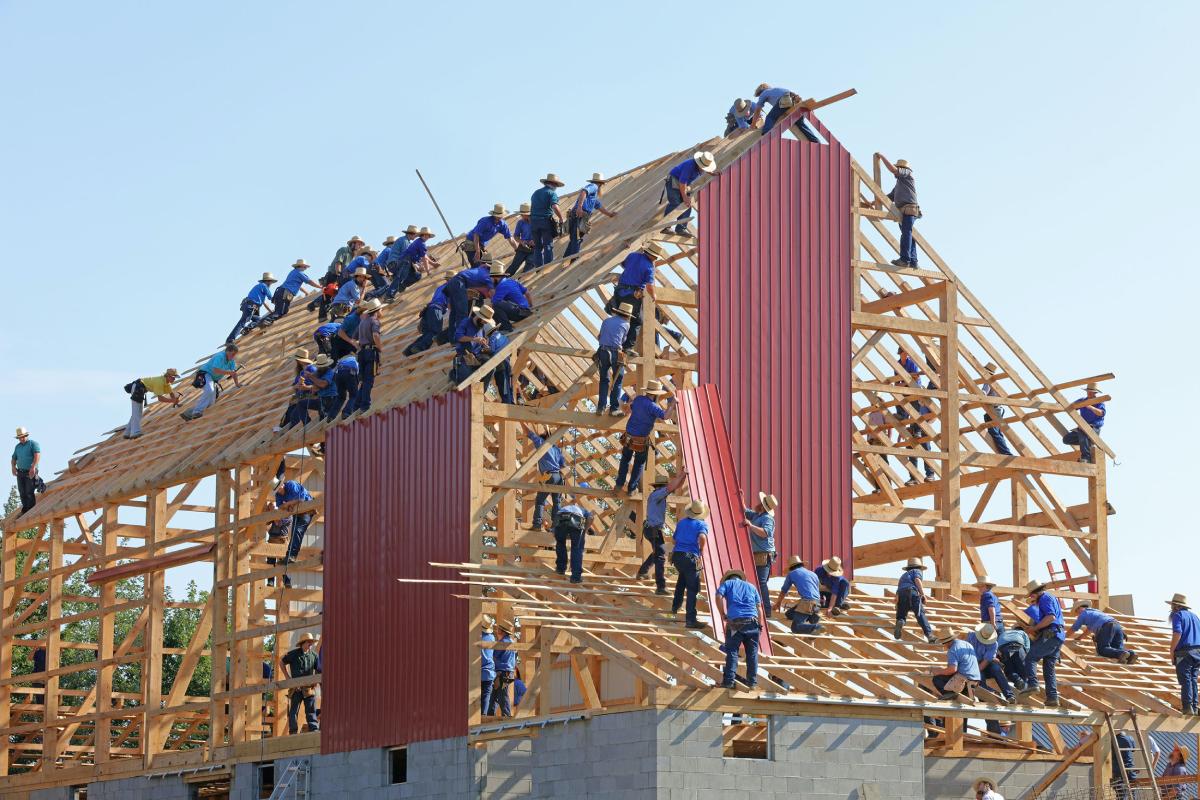
Importance of Sustainable Materials
Sustainable materials are critical components of green homes, chosen for their low environmental impact throughout their life cycle. Traditional construction materials, such as concrete and steel, are often energy-intensive to produce and contribute to high greenhouse gas emissions. In contrast, sustainable materials are sourced and manufactured using practices that minimize resource depletion, pollution, and waste generation.
Materials like bamboo, reclaimed wood, and recycled steel are popular in green homes. Bamboo, for instance, is a rapidly renewable resource known for its strength and durability. It can be harvested sustainably without causing significant ecological damage. Reclaimed wood involves repurposing salvaged wood from old structures, reducing the need for virgin timber, and minimizing waste. Recycled steel, made from scrap metal, reduces energy consumption and helps divert waste from landfills.
Eco-Friendly Construction Practices
Green homes go beyond the choice of materials by incorporating eco-friendly construction practices that minimize environmental impact. One such practice is energy-efficient windows and insulation. Well-insulated walls, roofs, and windows prevent heat transfer, reducing the reliance on heating and cooling systems. Energy-efficient windows with low-emissivity coatings and multiple glazing layers enhance thermal performance and natural lighting while minimizing energy loss.
Prefabricated construction methods are gaining popularity in green homes due to their efficiency and reduced waste generation. Prefabrication involves constructing components or modules off-site and assembling them on-site, resulting in shorter construction time and fewer construction materials wasted. This method minimizes the impact on the surrounding environment and reduces transportation-related emissions.
Moreover, green homes prioritize sustainable site development. This includes preserving natural features, minimizing soil erosion, and implementing effective stormwater management strategies. By carefully planning the location and orientation of the home, green homes can optimize natural light and reduce the need for artificial lighting during the day.
Benefits of Sustainable Materials and Construction
Using sustainable materials and construction practices in green homes offers numerous benefits, both for the environment and homeowners. Firstly, sustainable materials reduce the demand for non-renewable resources, minimizing ecological degradation and supporting the conservation of natural habitats. By incorporating these materials, green homes help mitigate climate change by reducing greenhouse gas emissions associated with traditional construction practices.
Secondly, green homes built with sustainable materials often exhibit improved indoor environmental quality. Sustainable materials, such as low-VOC (volatile organic compound) paints and finishes, emit fewer harmful chemicals, promoting healthier indoor air quality for occupants. Proper insulation and energy-efficient windows also reduce drafts and temperature fluctuations, enhancing overall comfort and well-being.
From a homeowner’s perspective, green homes constructed with sustainable materials tend to have lower operational costs. Energy-efficient features, such as insulation and high-performance windows, reduce the need for artificial heating and cooling, resulting in long-term energy savings. Moreover, green homes built with sustainable materials may experience increased property value as eco-conscious buyers seek environmentally friendly and energy-efficient homes.
In conclusion, sustainable materials and construction practices are vital components of green homes, playing a pivotal role in sustainable living. By choosing eco-friendly materials and employing efficient construction methods, green homes minimize their environmental impact, enhance indoor environmental quality, and provide long-term economic benefits for homeowners. The integration of sustainable materials and construction practices is a significant step towards creating a more sustainable built environment and paving the way for a greener future.
Indoor Environmental Quality
Indoor environmental quality is a critical aspect of green homes, focusing on creating healthy and comfortable living spaces while minimizing environmental impact. By addressing factors such as air quality, lighting, and thermal comfort, green homes prioritize the well-being of occupants and promote sustainable living.

Air Quality
Green homes prioritize high indoor air quality to create a healthy living environment. Traditional construction materials and furnishings often release volatile organic compounds (VOCs) and other harmful chemicals, contributing to poor air quality. In contrast, green homes utilize low-VOC paints, adhesives, and finishes, minimizing the emission of harmful pollutants.
Proper ventilation is crucial in green homes to ensure a continuous supply of fresh air and the removal of indoor pollutants. Mechanical ventilation systems, such as energy recovery ventilators (ERVs) or heat recovery ventilators ( HRVs), exchange stale indoor air with fresh outdoor air while preserving energy by recovering heat or coolness. Natural ventilation strategies, such as strategically placed windows or skylights, can also promote air circulation and reduce reliance on mechanical systems.
Lighting
Lighting design plays a significant role in the indoor environmental quality of green homes. Natural lighting is maximized through thoughtful window placement and design, allowing ample daylight to enter the home. Natural light reduces the need for artificial lighting during the day and positively impacts occupants’ moods and productivity.
Energy-efficient lighting solutions, such as LED bulbs, are widely employed in green homes. LED bulbs consume less energy, have a longer lifespan, and emit less heat than traditional incandescent bulbs. Furthermore, dimmers and motion sensors are often incorporated to optimize lighting control and reduce unnecessary energy consumption.
Thermal Comfort
Thermal comfort is essential for creating a pleasant and energy-efficient living environment in green homes. Proper insulation, high-performance windows, and efficient heating, ventilation, and air conditioning (HVAC) systems work together to maintain comfortable indoor temperatures while minimizing energy use.
Insulation is crucial in green homes, reducing heat transfer through walls, roofs, and floors. Well-insulated homes require less energy for heating and cooling, resulting in lower energy bills and reduced environmental impact. High-performance windows with low-emissivity coatings and multiple glazing layers enhance thermal performance, minimizing heat loss or gain and improving occupant comfort.
Efficient HVAC systems, such as geothermal heat pumps or high-efficiency air conditioners, are commonly installed in green homes to provide heating and cooling while minimizing energy consumption. These systems utilize advanced technologies to optimize temperature control and can be paired with zoning strategies to focus conditioning efforts on occupied spaces.
Acoustic Comfort
Acoustic comfort is often overlooked but plays a significant role in indoor environmental quality. Green homes aim to minimize noise pollution, creating peaceful living environments that promote relaxation and well-being. By employing sound-absorbing materials, such as acoustic ceiling panels or wall insulation, green homes reduce sound transmission between rooms and from external sources.
Also, proper sealing of windows, doors, and building envelopes helps prevent external noise intrusion. Careful design considerations, such as the placement of bedrooms away from noisy areas and the use of noise-reducing construction techniques contribute to a quieter living environment.
In conclusion, indoor environmental quality is crucial to green homes, focusing on creating healthy, comfortable, and sustainable living spaces. By addressing air quality, lighting, thermal comfort, and acoustic comfort, green homes prioritize the well-being of occupants while minimizing environmental impact. By promoting natural lighting, utilizing energy-efficient lighting solutions, optimizing thermal performance, and minimizing noise pollution, green homes contribute to a high quality of life and pave the way for sustainable living.
Lifestyle and Behavioral Considerations
Green homes rely on sustainable design and technologies and require a conscious shift in lifestyle and behavioral practices to maximize their positive impact on sustainable living. By adopting eco-friendly habits and making mindful choices, homeowners can further enhance the sustainability of their green homes and contribute to a greener future.

Energy Conservation
Energy conservation is a crucial aspect of sustainable living in green homes. Homeowners can adopt several habits to minimize energy consumption and reduce their carbon footprint. Simple actions such as turning off lights and appliances when not in use, utilizing natural lighting during the day, and using energy-efficient appliances and electronics can significantly reduce energy usage. Additionally, adjusting thermostat settings to optimize energy use, such as lowering heating or cooling when not needed, can result in substantial energy savings.
Home automation and smart technologies can also contribute to energy conservation. Smart thermostats, for instance, allow homeowners to remotely control heating and cooling systems, optimizing energy use based on occupancy patterns. Smart power strips and energy monitoring systems provide real-time data on energy consumption, helping homeowners identify areas for improvement and make informed decisions.
Waste Reduction and Recycling
Reducing waste and implementing effective recycling practices are crucial to sustainable living in green homes. Homeowners can adopt a mindful approach to consumption by opting for products with minimal packaging, purchasing durable and long-lasting goods, and choosing reusable alternatives over single-use items. Implementing a waste management system that includes composting organic waste and recycling materials can significantly reduce the amount of waste sent to landfills.
Creating a designated recycling area within the home with clearly labeled bins can encourage proper waste separation. Educating household members about recycling guidelines and the importance of waste reduction can foster a culture of sustainability within the home.
Water Conservation
Water conservation extends beyond the design features of green homes and requires active participation from homeowners. Simple behavioral changes such as taking shorter showers, fixing leaky faucets and pipes promptly, and collecting and reusing excess water (e.g., from rinsing fruits and vegetables) for plants or cleaning purposes can contribute to significant water savings.
Homeowners can also practice responsible outdoor water usage by watering plants during cooler times of the day to minimize evaporation, using mulch to retain moisture in the soil, and installing rain sensors or weather-based irrigation controllers to optimize watering schedules.
Sustainable Transportation
Sustainable transportation choices complement the efforts of green homes in reducing carbon emissions and promoting sustainable living. Homeowners can opt for environmentally friendly transportation options such as walking, biking, or using public transportation whenever possible. Electric vehicles ( EVs) or hybrid vehicles offer an eco-conscious alternative to traditional gasoline-powered cars, further reducing carbon emissions.
To encourage sustainable transportation practices, green homes can include amenities such as bike storage areas, electric vehicle charging stations, and easy access to public transportation routes. By promoting alternative modes of transportation and reducing reliance on private vehicles, homeowners can contribute to reducing traffic congestion and air pollution.
Education and Community Engagement
Education and community engagement are crucial in fostering sustainable living practices within green homes. Homeowners can actively seek out educational resources, attend workshops or seminars, and stay informed about sustainable living practices and new technologies. Sharing knowledge and experiences with neighbors and community members can inspire others to adopt sustainable habits and promote a collective effort toward a greener future.
In conclusion, lifestyle and behavioral considerations are vital to sustainable living in green homes. By practicing energy conservation, waste reduction, water conservation, sustainable transportation choices, and engaging in ongoing education and community initiatives, homeowners can maximize the positive impact of their green homes. Embracing an eco-friendly lifestyle enhances the sustainability of individual households. It contributes to a broader movement towards sustainable living and a greener future.
Conclusion
In this blog post, we have explored the concept of green homes and their significance in paving the way for sustainable living. Green homes encompass various aspects, from energy efficiency and renewable energy to water conservation, sustainable materials, and construction, indoor environmental quality, and lifestyle and behavioral considerations. By incorporating these elements, green homes offer numerous benefits for both the environment and residents.
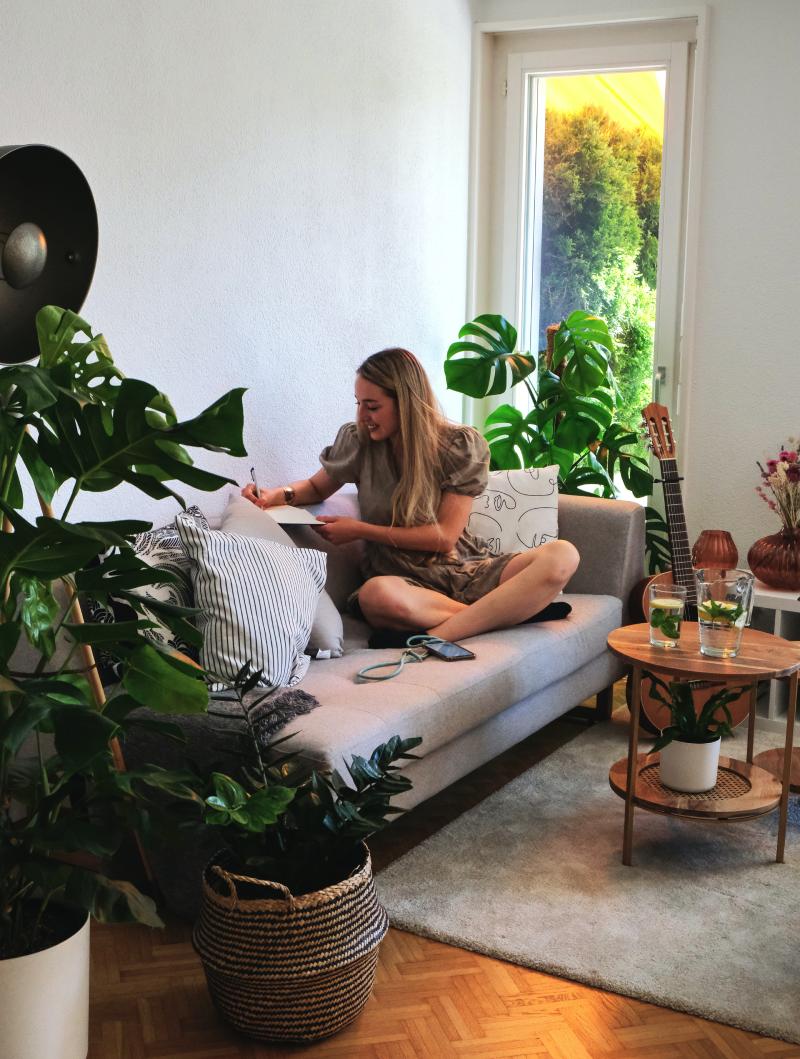
Adopting energy-efficient practices and integrating renewable energy sources reduce carbon emissions, combat climate change, and contribute to a cleaner and healthier environment. Not only do green homes lower energy consumption and utility bills, but they also promote a more sustainable and resilient energy system for the future.
Water conservation and management strategies in green homes help preserve this precious resource and alleviate strain on local water supplies, protect ecosystems, and contribute to long-term sustainability. Green homes can lead the way in sustainable water management by implementing efficient fixtures, utilizing rainwater harvesting systems, and practicing responsible water usage.
Using sustainable materials and construction practices in green homes minimizes environmental impact, reduces resource depletion, and supports the conservation of natural habitats. By choosing eco-friendly materials and employing efficient construction methods, green homes create healthier indoor environments, minimize waste generation, and promote a more sustainable built environment.
The focus on indoor environmental quality in green homes ensures occupants a healthy and comfortable living environment. Through proper ventilation, lighting optimization, thermal comfort measures, and acoustic considerations, green homes prioritize the well-being of residents, fostering healthier living spaces and enhancing the overall quality of life.
However, the success of green homes extends beyond the physical design and features. It requires a conscious shift in lifestyle and behavioral practices. Energy conservation, waste reduction, responsible water usage, and sustainable transportation choices are essential habits that homeowners can adopt to maximize the sustainability of their green homes. By embracing these practices, individuals contribute to reducing their carbon footprint, conserving resources, and promoting a greener future.
In conclusion, green homes hold tremendous potential in paving the way for sustainable living. The integration of energy-efficient technologies, renewable energy sources, water conservation strategies, sustainable materials and construction practices, indoor environmental quality considerations, and sustainable lifestyle choices create a holistic approach to sustainable living. Green homes not only benefit the environment by reducing resource consumption and minimizing environmental impact, but they also provide residents with healthier, more comfortable, and cost-effective living spaces.
Collective action is crucial in fostering a sustainable future. Individuals, communities, and policymakers need to recognize the significance of green homes and actively adopt their principles. We can collectively contribute to a greener, more resilient planet by prioritizing sustainability in our housing choices and lifestyle decisions. Let us embrace the concept of green homes, paving the way for sustainable living and ensuring a brighter future for generations to come.

